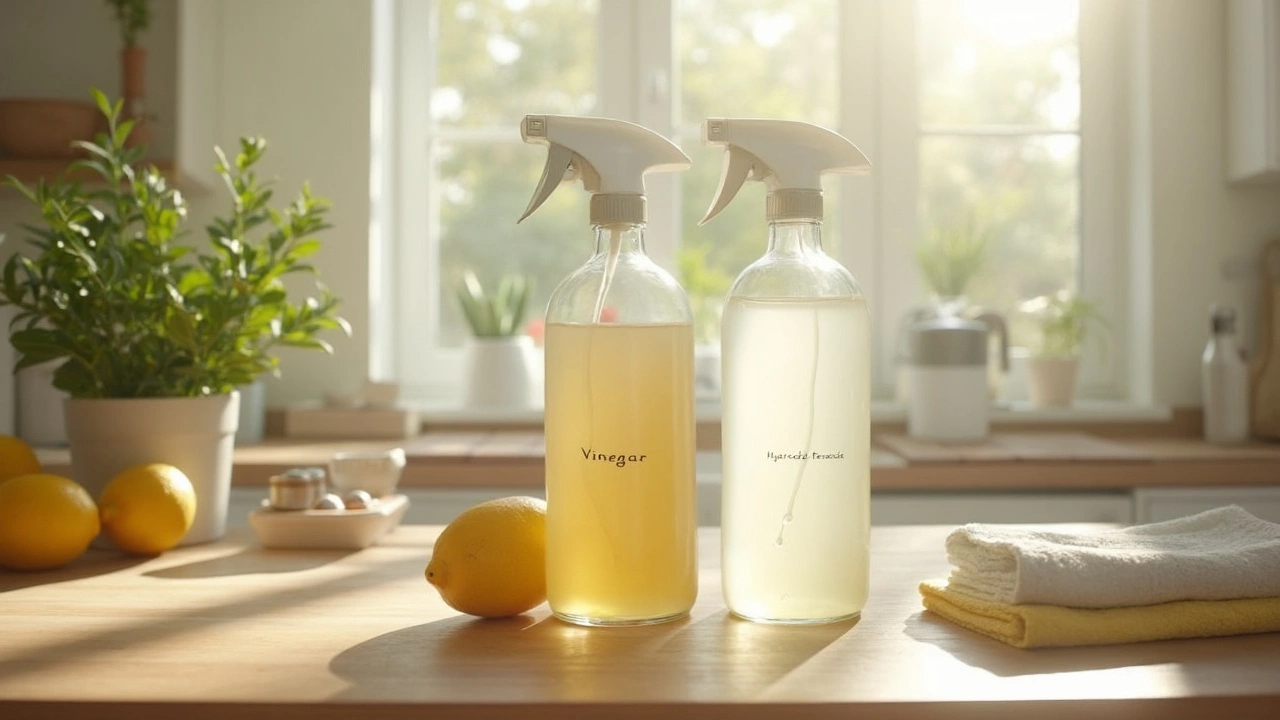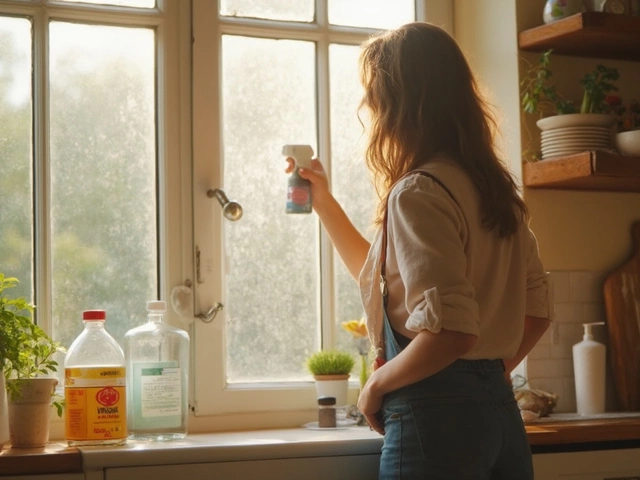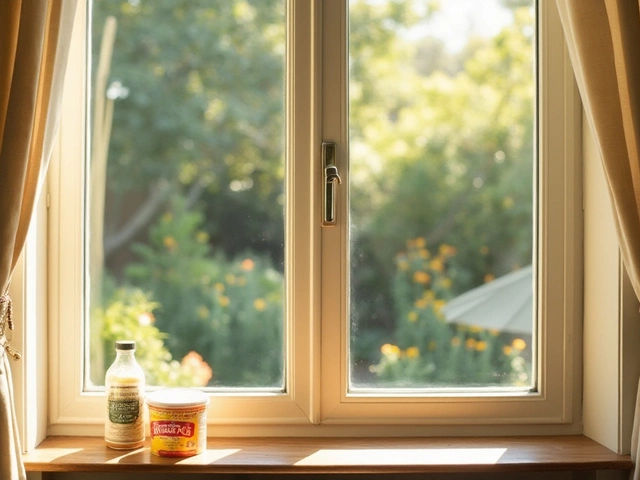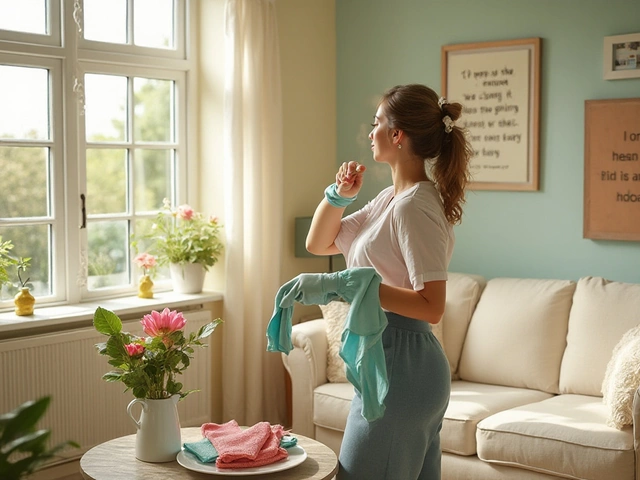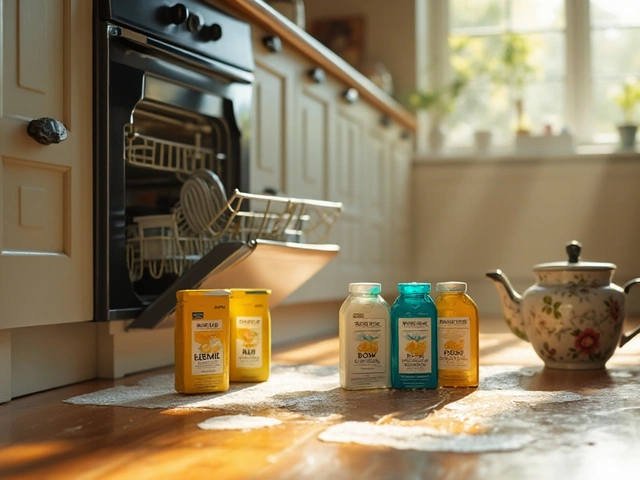Hydrogen Peroxide: The Versatile Cleaner for Ovens and Home
When working with hydrogen peroxide, a clear liquid that releases oxygen to break down grime and kill germs. Also known as H₂O₂, it offers a chemical action that traditional soap can’t match. In the same breath, oven cleaning, the process of removing baked‑on grease and food residue from kitchen ovens often relies on this oxidising power. Likewise, eco‑friendly cleaning, methods that minimise harsh chemicals and environmental impact frequently incorporates hydrogen peroxide as a greener alternative. Finally, DIY cleaning solutions, homemade mixtures that use common household items benefit from its stability and safety when mixed correctly. Together these entities form a practical toolkit for anyone who wants a tidy kitchen without toxic fumes.
Why hydrogen peroxide works so well
Hydrogen peroxide encompasses oxidation, which means it breaks molecular bonds in grease, stains, and microbes. This chemical reaction releases bubbling oxygen that lifts dirt away, making it easier to wipe clean. Because it breaks down into water and oxygen, there’s no lingering residue, keeping surfaces safe for food prep. The compound also acts as a mild bleach, which helps brighten burnt‑on spots in ovens without the harshness of chlorine bleach. Its ability to disinfect means it doubles as a sanitizer for kitchen rims, stovetops, and even cutting boards. When paired with a bit of baking soda, the mixture creates a mildly abrasive paste that tackles stubborn buildup without scratching enamel.
Safety is a core part of using hydrogen peroxide. Always wear gloves and work in a well‑ventilated area, especially when applying it to hot surfaces. Concentrations above 6% can irritate skin and eyes, so most household recipes stick to the 3% solution sold in pharmacies. Store it in a dark bottle to prevent light‑induced breakdown, and keep it away from children. These precautions make it a reliable choice for DIY enthusiasts who prefer natural ingredients over commercial sprays that contain ammonia or phosphates.
In practice, hydrogen peroxide shines in several home scenarios. For oven cleaning, spraying the interior, letting it sit for 15‑20 minutes, then scrubbing with a non‑scratch pad removes baked‑on grease efficiently. When mixed with vinegar, the acidic component helps dissolve mineral deposits, while the peroxide lifts away carbonised food. For stain removal on fabrics, a diluted mix (one part peroxide to two parts water) pretreats wine or coffee spills before washing. On glass, a few drops added to a water‑vinegar solution prevent streaks and leaves a sparkling finish. By linking hydrogen peroxide to oven cleaning, eco‑friendly cleaning, and DIY solutions, you get a cohesive system that covers most household messes.
Beyond the kitchen, hydrogen peroxide also supports deeper cleaning tasks. It can be used to sanitize trash cans, disinfect bathroom tiles, and even whiten grout. When combined with lemon juice, the citrus scent masks any faint peroxide odor, creating a pleasant cleaning experience. This synergy shows how a single ingredient can bridge multiple cleaning domains, reducing the need for a cabinet full of specialized products. Homeowners looking to simplify their cleaning arsenal will find hydrogen peroxide a cost‑effective, multitasking hero.
Ready to put these ideas to work? Below you’ll find a curated list of articles that dive into specific recipes, safety checklists, and step‑by‑step guides. Whether you’re tackling a neglected oven, searching for a green alternative to commercial cleaners, or exploring stain‑removal tricks, the posts cover practical tips you can try today. Grab a bottle of 3% hydrogen peroxide, follow the guidance, and watch your kitchen transform without harsh chemicals.
